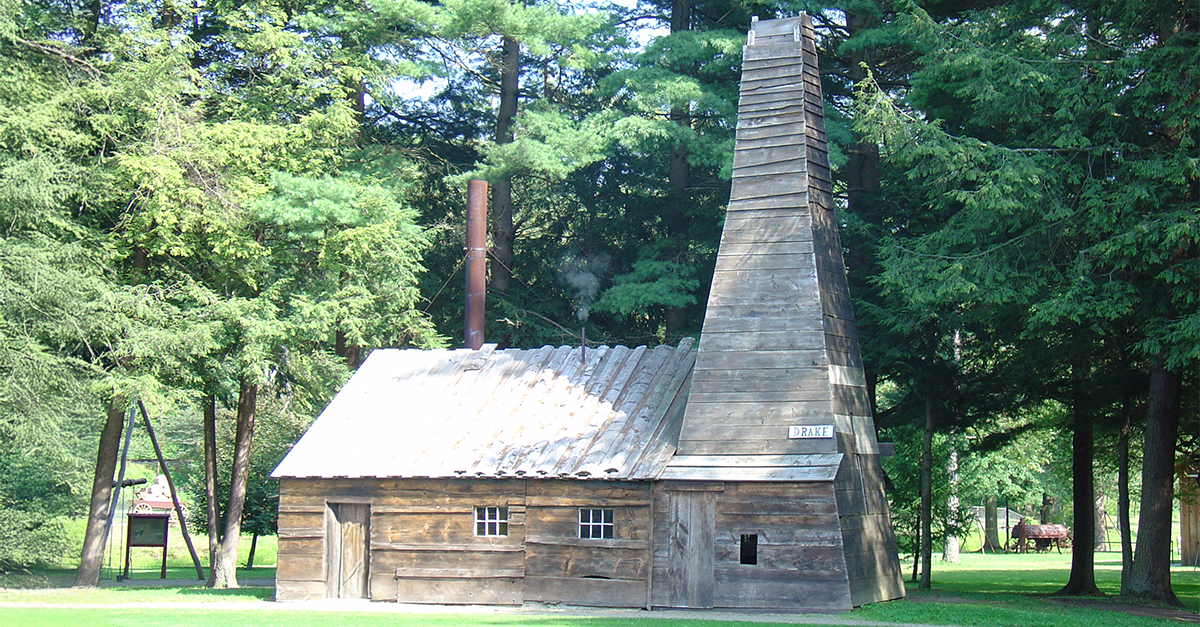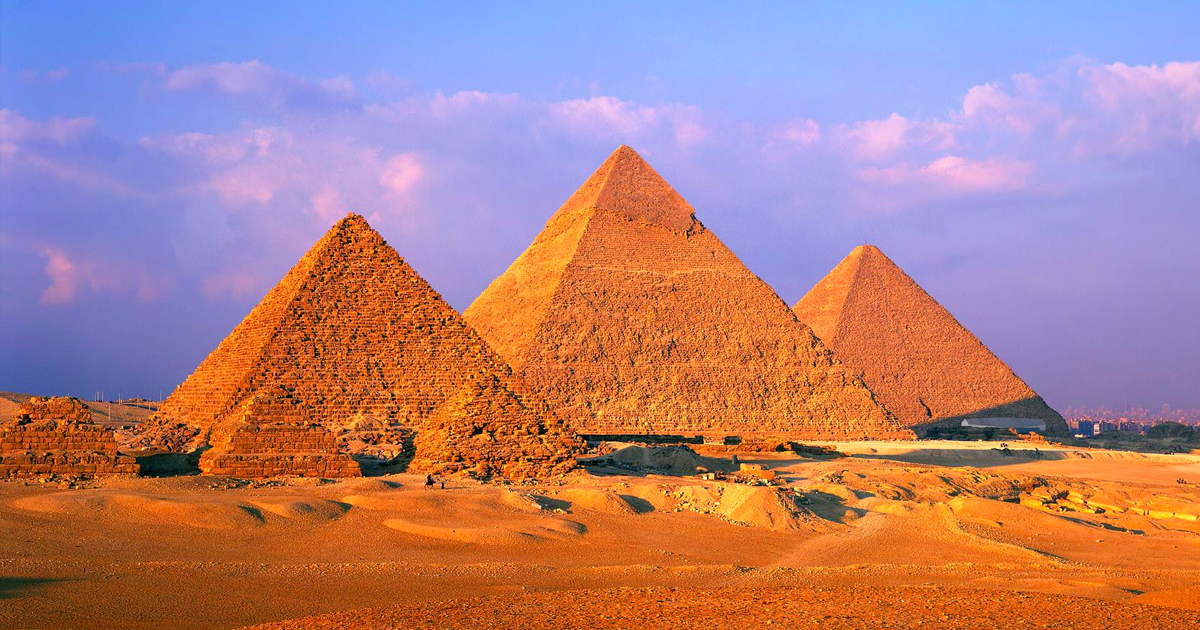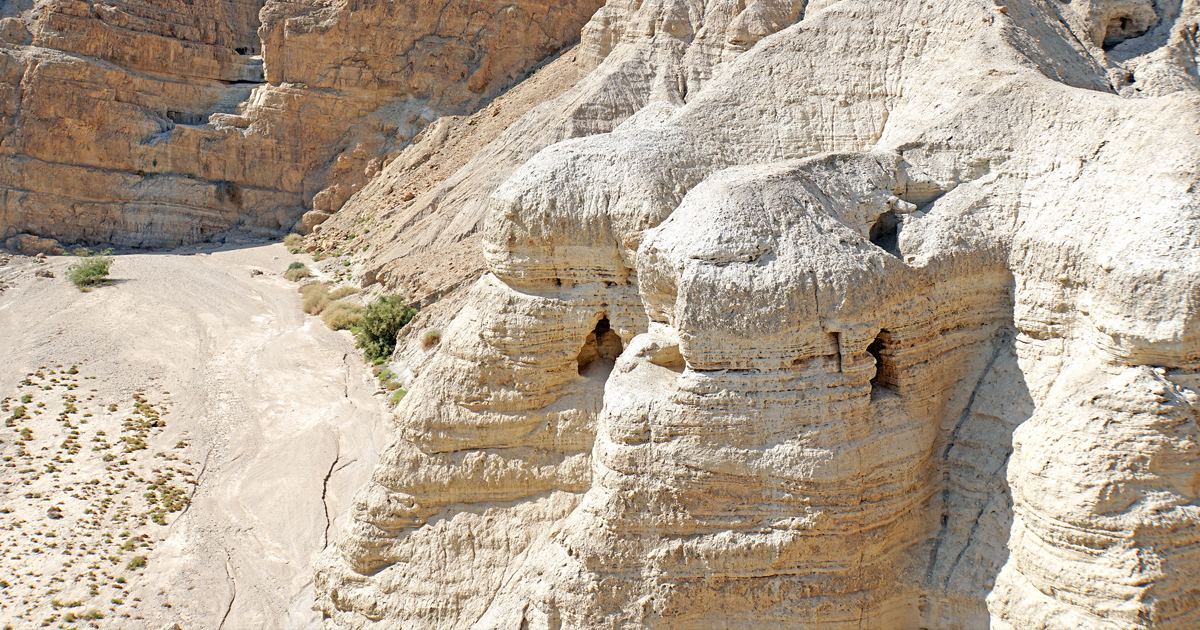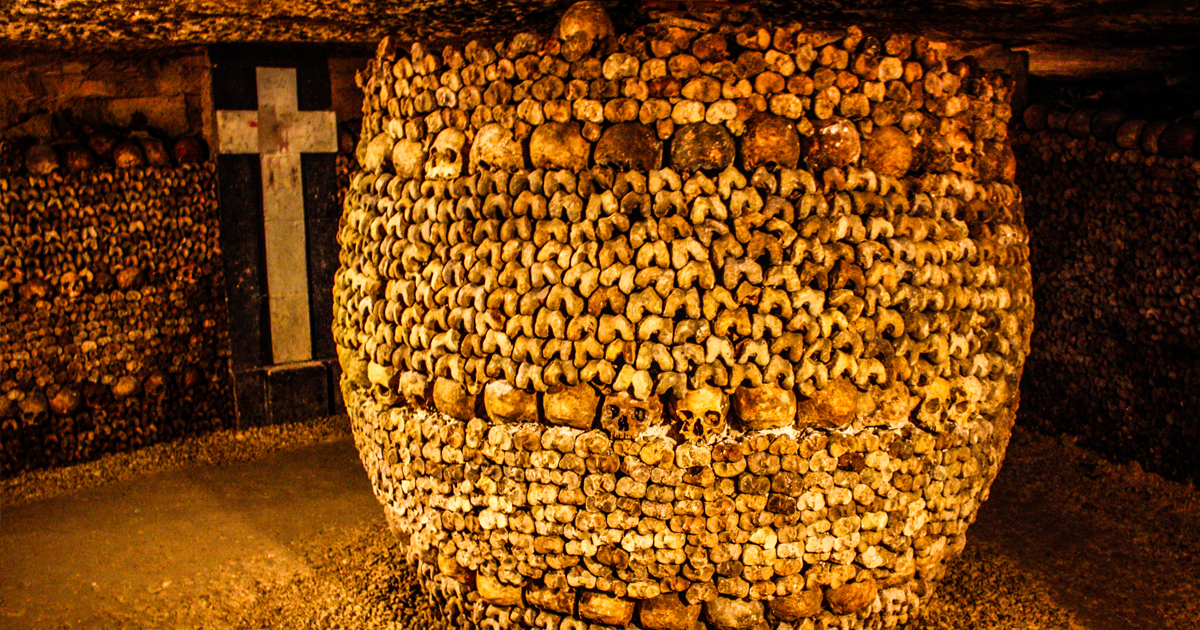In 1859, a modest well drilled in Titusville, Pennsylvania, changed the course of global industry and energy. Known as Drake's Well, this project marked the dawn of the modern petroleum era. Humans had used oil for centuries, but it was Edwin Drake’s successful drilling that introduced systematic oil extraction. The pioneering first well set off an oil boom that shaped economies and technologies worldwide ever since.
The Origins Of Drake’s Well
Before 1859, oil seeps in Pennsylvania were well known to the locals, who scooped up surface deposits for home remedies and household use. But the supply was limited and hit-and-miss. Edwin Drake was hired by the Seneca Oil Company to figure out a way to extract oil more reliably. Armed with his knowledge of how to drill water wells, Drake and his team started boring down into the earth near Oil Creek in Titusville.
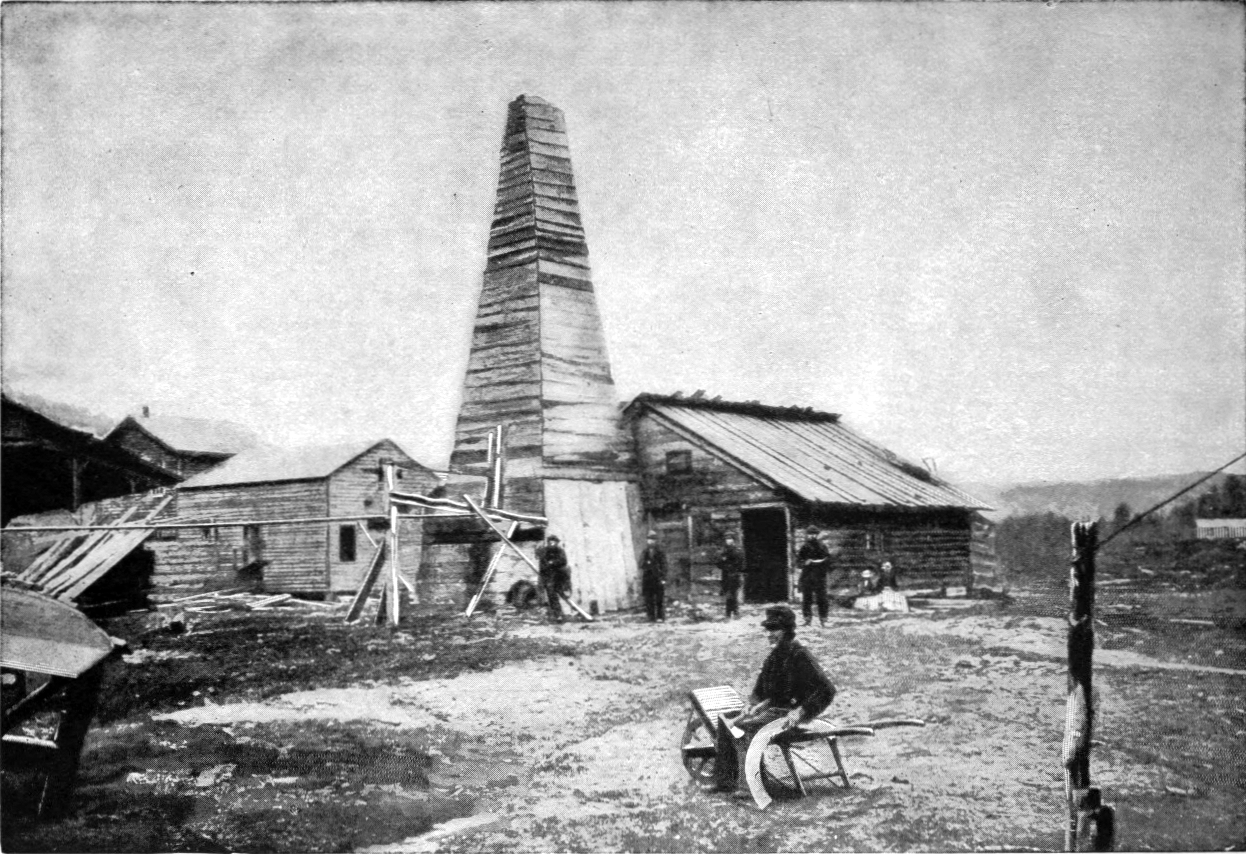 Ida Tarbell, Wikimedia Commons
Ida Tarbell, Wikimedia Commons
The First Commercial Oil Well
On August 27, 1859, at a depth of 69.5 feet, Drake’s Well struck oil. Unlike previous surface collection, this method generated a steady, reliable flow of crude oil. The well initially yielded about 25 barrels a day, a substantial amount for the time. News of the discovery spread quickly, triggering the Pennsylvania oil rush and laying the foundation for the petroleum industry we see today.
Earlier Oil Exploitation In Iran
Long before Drake’s Well, people had recognized the value of oil. In ancient Persia, now Iran, oil seeps were exploited for practical purposes. Historical accounts dating back to the 6th century BC describe oil being used for lighting, waterproofing, and even in warfare. The region around present-day Khuzestan was known for its oil springs, though large-scale extraction methods were undeveloped.
Azerbaijan's Oil History
The oil-rich lands of Azerbaijan also played a role in early petroleum history. In the Absheron Peninsula near Baku, oil seeps were well documented as early as the 9th century. By the 19th century, hand-dug pits and shallow wells produced oil, primarily for local use. Though important, these hardscrabble efforts lacked the scale, efficiency, and global impact that Drake’s Well would introduce.
 Gelynch52ph, Wikimedia Commons
Gelynch52ph, Wikimedia Commons
The Pennsylvania Oil Boom
In the wake of Drake’s success, Titusville and the surrounding area saw rapid growth. Entrepreneurs, speculators, and laborers all flocked into the region, establishing refineries, drilling operations, and even whole towns. The Pennsylvania oil boom revolutionized industries from lighting to lubrication, providing a cheaper, more accessible alternative to whale oil, which had dominated the market up until then.
Technical Advancements
Drake’s Well introduced major innovations, including the use of a drive pipe to prevent borehole collapse—a technique still standard in modern drilling. His work demonstrated that oil extraction could be systematic, scalable, and commercially viable, bringing on further technological developments that transformed global energy markets.
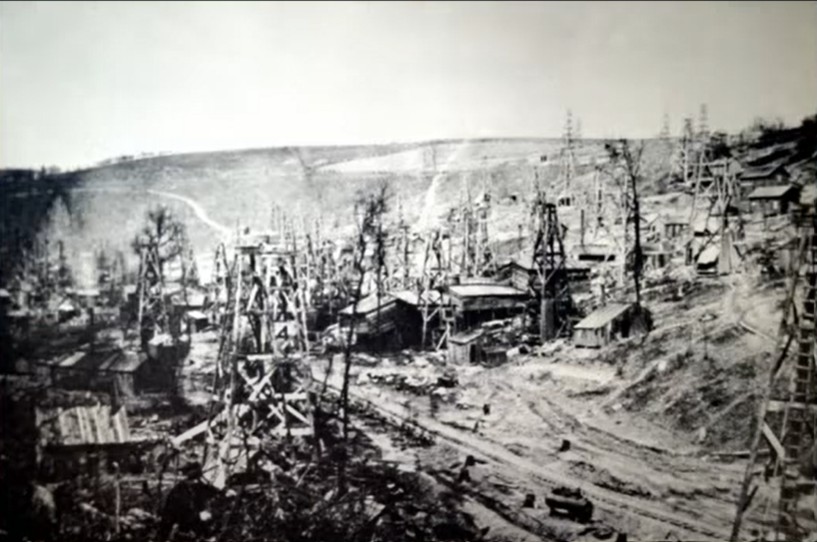 The Early Pennsylvania Oil Industry, Rick Sheffer, YouTube
The Early Pennsylvania Oil Industry, Rick Sheffer, YouTube
A World-Historical Impact
Drake’s Well in Titusville was the true turning point from traditional, small-scale oil use to industrial extraction and global dependence on petroleum. Though regions like Iran and Azerbaijan had availed themselves of oil in earlier days, it was Drake’s achievement that really made large-scale, reliable oil production possible. His well sparked a petroleum revolution that spread across the globe. Human civilization, and the Earth itself, would never be the same.
You May Also Like:
Spark Of Genius: Early Humans And The Invention Of Fire
How The Other Half Lives And New York City's Squalid Tenements

